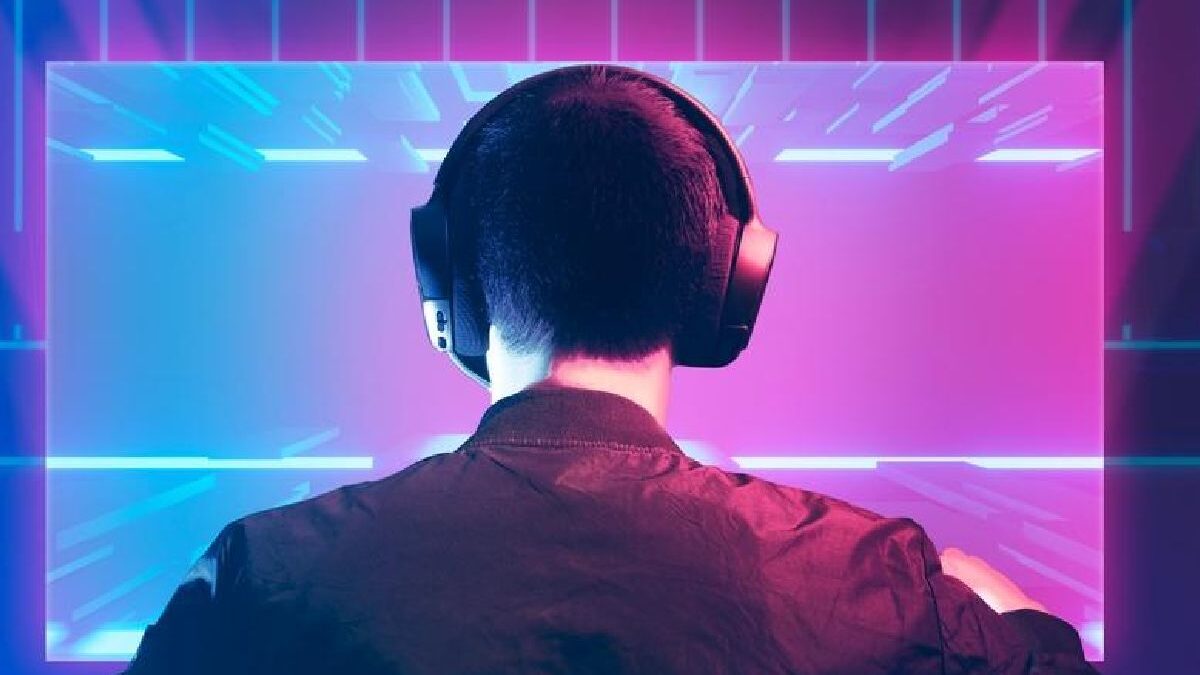AI has been an integral part of gaming since the 1950s, with games like Nim using artificial players to compete against humans. In the past, AI in gaming referred loosely to CPU-controlled characters and elements. Today, artificial intelligence is here in the real world, changing how we work, access information, and enjoy entertainment.
AI-based technologies are revolutionizing many aspects of video game production, creating experiences of unprecedented scale.
The immediately visible parts of a video game, such as graphics rendering, real-time translation, game design, and NPC behavior, have greatly improved thanks to AI. But so have underlying elements, such as game design methods, data analytics, and fraud detection in multiplayer environments. Below we list some of the ways AI has and will continue to impact the gaming industry.
Table of Contents
1. Enhanced Graphics
Graphics are essential in any video game, and artificial intelligence is helping make games look and feel more realistic, immersive, or visually impressive than ever before.
AI technologies have given rise to a rendering technique known as AI-accelerated ray tracing. It uses AI to enhance the ray tracing process, creating high-fidelity, highly realistic lighting in a 3D environment more efficiently.
In this context, AI complements the work performed by a ray tracing-ready graphics card, such as models in the NVIDIA GeForce RTX or AMD Radeon RX families, resulting in more efficient use of GPU resources.
AI can help gamers with less powerful hardware enjoy their favorite games at maximum display resolutions. New techniques, such as upsampling and upscaling, can increase a lower-resolution image to the player’s native resolution in real time.
The same technique can be used in the other direction. Supersampling, such as NVIDIA’s Deep-Learning Super Sampling (DLSS), allows gamers on more powerful hardware to render higher-resolution images down to a chosen target resolution, creating a sharper and better-looking image.

2. Improved Game Design, Storytelling, and NPCs
Game designers have long used algorithms and procedural generation to create convincing landscapes, environments, or whole levels. Famous examples before the advent of generative AI include No Man’s Sky, which used procedural generation to create 18 quintillion planets across several galaxies, or Receiver and Receiver II, which procedurally generates level chunks in real-time as the player progresses.
Current-generation AI technologies supercharge these game design tools. They can create and develop their own procedural generation algorithms, making it easier for game developers to create large quantities of different game environments — from natural objects such as trees and foliage to whole planetary systems. AI also allows dynamically generating worlds on the fly as players explore.
AI technologies like Large Language Models (LLMs) and Natural Language Processing (NLP) can also simulate convincing storytelling narratives and character interactions.
For example, an NPC character may adapt their responses based on predetermined factors, such as their story background and personality, creating more realistic conversations. An AI can generate these backgrounds and personality details as needed, creating a fully AI-driven storytelling system.
3. Personalized Gaming Experience
Artificial intelligence also enables game developers to create AI-driven, adaptive game difficulty systems. Instead of designing different arbitrary difficulty levels or opponent character skill levels, AI-driven difficulty adapts to the player’s performance in real time.
An early implementation of this technology can be found in the Forza Motorsport racing game franchise. Forza uses a system known as Drivatar, which uses neural networks to learn from players and create realistic, human-like racing lines for its AI opponents.
While Forza’s Drivatars in games before 2023 are bound to classic difficulty levels to limit their capabilities, more modern AI models can adapt on the fly, ensuring players consistently race against opponents of a similar level.
AI and machine learning can also enhance the player’s experience outside the game world. AI-powered stores and PC builders can learn from a player’s purchasing habits, genre preferences, play history, and other user data.
The AI-powered algorithm can then use the data to suggest new games, DLC, and other in-game purchases according to their preferences. In 2020, Valve Corporation showcased an example of the technology with Steam Play Next.

4. Enhanced Accessibility Features with AI
While AI can help developers, publishers, and storefronts enhance the gaming and purchasing experience, it can also be used to create more inclusive and accessible games.
For instance, AI-powered systems and hardware can let disabled players enjoy the same gaming experiences with different input methods than standard controllers or keyboard and mouse.
In 2021, Google showcased Project Gameface, a machine learning-powered gaming mouse and software tool. Gameface is designed to read inputs from the player’s head and facial movements to move the cursor, letting mobility-impaired players control the mouse as naturally as a person can with their hand. This solution works with any mouse-enabled game on the player’s system.
Other AI-powered accessibility tools under development as of 2023 include real-time translation and closed captioning of all in-game text and audio, including player-generated voices. They allow deaf and hard-of-hearing players to understand the context of any game, regardless of their native language.
It also eliminates the need for external solutions, such as non-integrated translators, which are often limited and poorly adapted to gaming needs. For example, Google Translate can transcribe static images, but not audio, and not in real time.
5. Fraud Detection, Security, and Moderation
Multiplayer games are one of the best ways to enjoy gaming with friends. However, cheaters, hackers, and players with toxic behavior can quickly ruin an online game session. Artificial intelligence can be trained to detect and recognize abnormal player behavior in many ways, helping safeguard the gaming experience against bad behavior.
AI anti-cheating solutions have been implemented in many online multiplayer competitive games, such as Valorant. They create a biometric signature from each player’s unique game inputs, fully differentiating them from any other player and reducing the risk of false positives.
These systems can then detect abnormal player capabilities, such as those enabled by aimbots in first-person shooters, and automatically respond appropriately, including banning an offending player. They can also detect fraudulent behavior, such as boosting or phishing attempts.
Other AI tools have been developed to safeguard players against toxic and unsporting behavior. Activision has developed ToxMod, an AI-powered moderation solution designed to listen to in-game voice chat communications in Call of Duty: Modern Warfare 3.
ToxMod can detect trash talk, insults, slurs, and other inappropriate language, filter them out, and send them to a human employee for review. This is an ideal example of an AI moderation tool assisting humans with decision-making to foster a safer and cleaner online environment.
Discover the Future of Gaming
While the gaming industry has been using technologies powered by AI for many years, current technological developments in AI are increasing the possibilities for developers and publishers.
Artificial intelligence is not only helping create new and exciting gaming experiences but also impacts the user experience for all gamers, boosting immersion, increasing engagement, and enhancing accessibility.
Also Read:
How To Choose The Best Tech Gadgets

